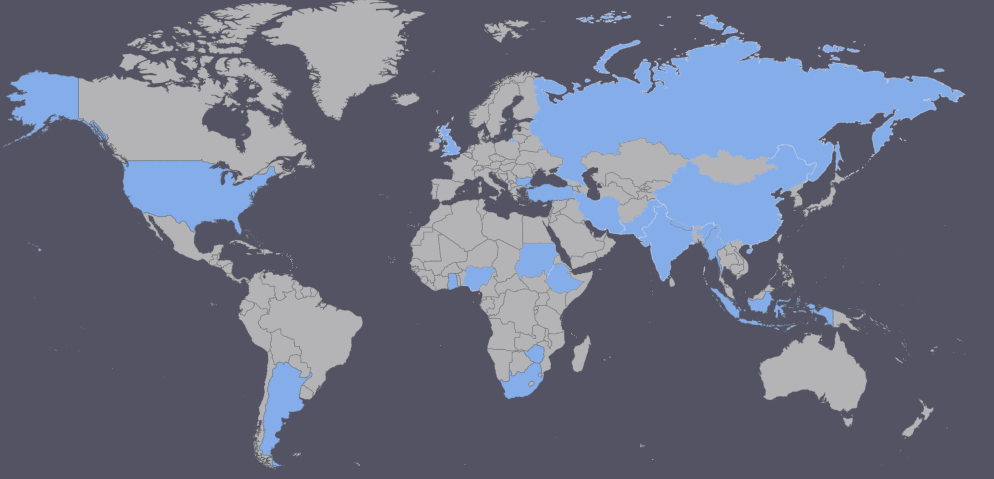Cracking and Causes of Ground Displacement in Rawat Rawalpindi Pakistan (Causes and Effect Report)
Keywords:
Ground displacement, Soil liquefaction, Foundation, Seismicity, Tectonic activityAbstract
Numerous fault and fold system are found in Pakistan and its surrounding region which is tectonically active region in entire Asia subcontinent. This research is related to earthquake happened at 24 July 2015 in Islamabad, Pakistan. A policed constabulary building hit by moderate earthquake causes to produce damages at significant level. Their cracking, settlement and ground displacement open the new door of research. This report is generated after field visit under supervision of senior engineering and geologist. Rawat Fault was a sourced which is thrust fault due to Jhelum strike slip fault mechanism. Deep cracking was observed in and outside of wall due to breaking of plaster. Minor level of ground displacement which is about 2 cm to 3 cm was observed during field in the direction of fault lines. Further more intense tectonic area including Rawat Fault which is part of Jhelum Fault is an active fault in the regime. Three numbers of pit were excavated to observe the settlement of sub surface soil. At few places settlement was pointed due to seismic wave propagation and there is no sign of liquefaction of soil. Its mean liquefaction potential at this area is normal and water table is not at shallow depth. Heavy thunder storms accompanied with earthquakes may had triggered the liquefaction
of sensitive clays which had resulted in differential settlement in localized areas. The ground shrinkage cracking may have resulted due to suction of water by Eucalyptus trees planted very close to the foundations.
References
Hassan, M.A., 1972. Soil survey report in Punjab for agriculture and non-agricultural development in Pakistan. Soil Survey Development Punjab, Pakistan.
Kazmi, A.H., Jan, M.Q., 1997. Geology and tectonics of Pakistan. Graphics Publishers, Karachi.
Khalid, P., Khurram, S., Raza, Z., 2020. Hypocenter relocation and velocity model for major earthquakes in Northwest Himalaya. Arabian Journal of Science and Engineering 13, 1240
Khalid, P., Bajwa, A.A., Naeem, M., Din, Z.U., 2016. Seismicity distribution and focal mechanism solution of major earthquakes of Northern Pakistan. Acta Geodaetica et Geophysica 51 347-357.
Khurram, S., Khalid, P., Din, Z.U., Atif, A.S., Bahija, A., 2020. Integrated Study of geotechnical and geophysical methods for assessing the soil corrosion potential for construction site. International Journal of Economic and Environmental Geology 11 (3), 79-85.
Lisa, M., Khawaja, A.A., Ghazi, G.R., Jadoon, I.A., Hashmi, S., 1997. Nature of faults and focal mechanism solutions of a part of northern Pakistan. Geology Bulletin University of Peshawar 30, 143-151.
Rafi, Z., Hyder, A., 2012. Seismic hazard analysis and zonation for the northern areas of Pakistan and Kashmir. Report by Pakistan Meteorological Department, pp 1-62.
Salena, I.Y., 2016. A case study of foundation failure in the exiting residential building. Jurnal Teknik Sipil Fakultas Teknik Universitas Teuku Umar 2 (1), 91-103.
Seeber, L., Armbruster, J., 1979. Seismicity of the Hazara Arc in northern Pakistan: décollement versus basement faulting, in Geodynamics of Pakistan, A. Farah and K. A. DeJong, Eds., Geological Survey of Pakistan, Quetta, 131-142.
Seeber, L.J., Armbruster, J.G., Quittmeyer, R., 1981. Seismicity and continental collision in the Himalayan Arc, in Zagros, Hindu-Kush, Himalaya, Geodynamic Evolution, Geodynamical Series, Vol 3, 215-242, AGU, Washington, D.C.
Verma, R.K., 1991. Seismicity of the Himalaya and the northeast India, and nature of continent-continent collision. Physics and Chemistry of the Earth 18, 345-370.
Downloads
Published
Issue
Section
License
Copyright (c) 2022 SHAHZADA KHURRAM

This work is licensed under a Creative Commons Attribution-NonCommercial-NoDerivatives 4.0 International License.
The authors keep the copyrights of the published materials with them, but the authors are aggee to give an exclusive license to the publisher that transfers all publishing and commercial exploitation rights to the publisher. The puslisher then shares the content published in this journal under CC BY-NC-ND license.



